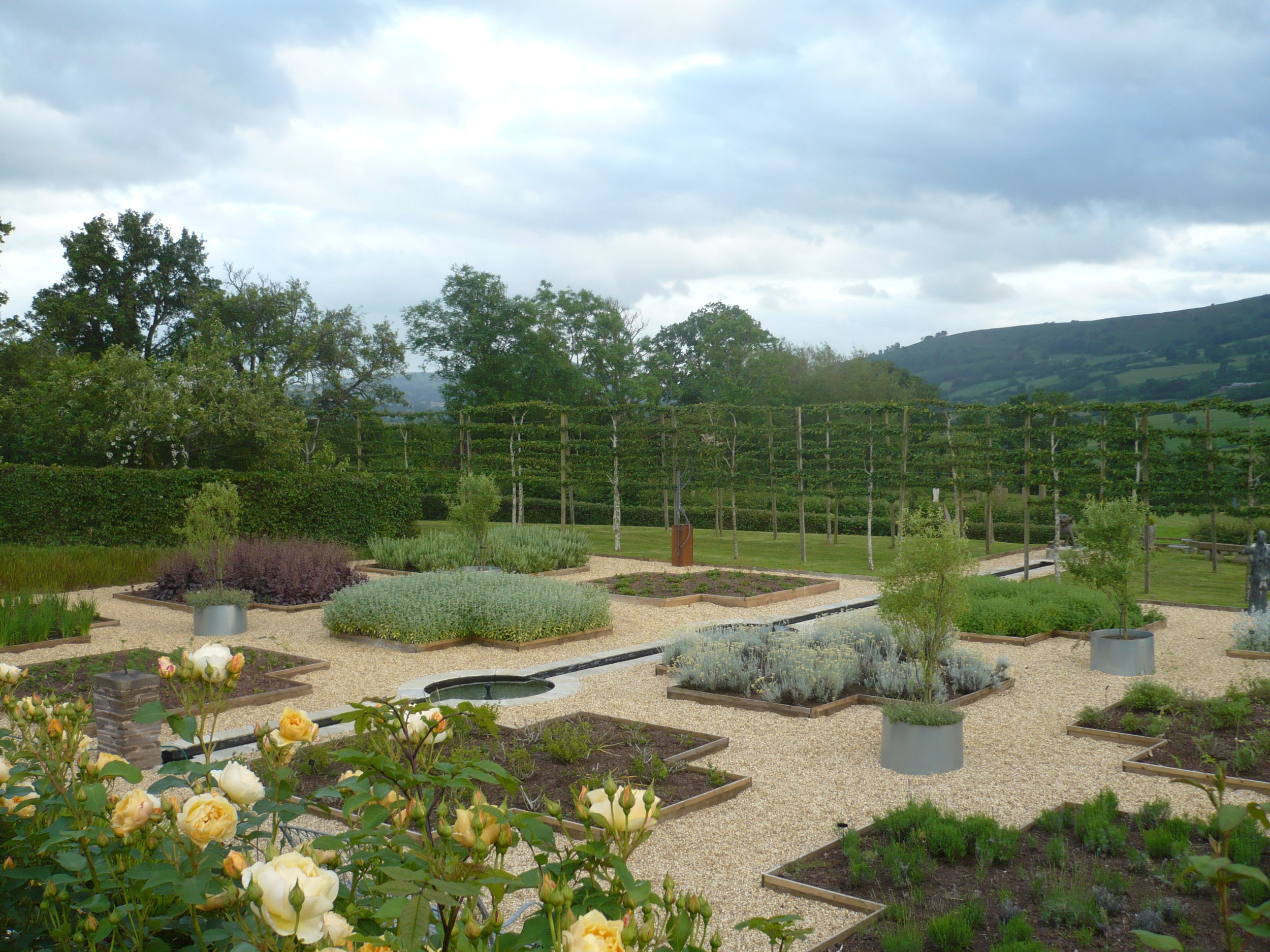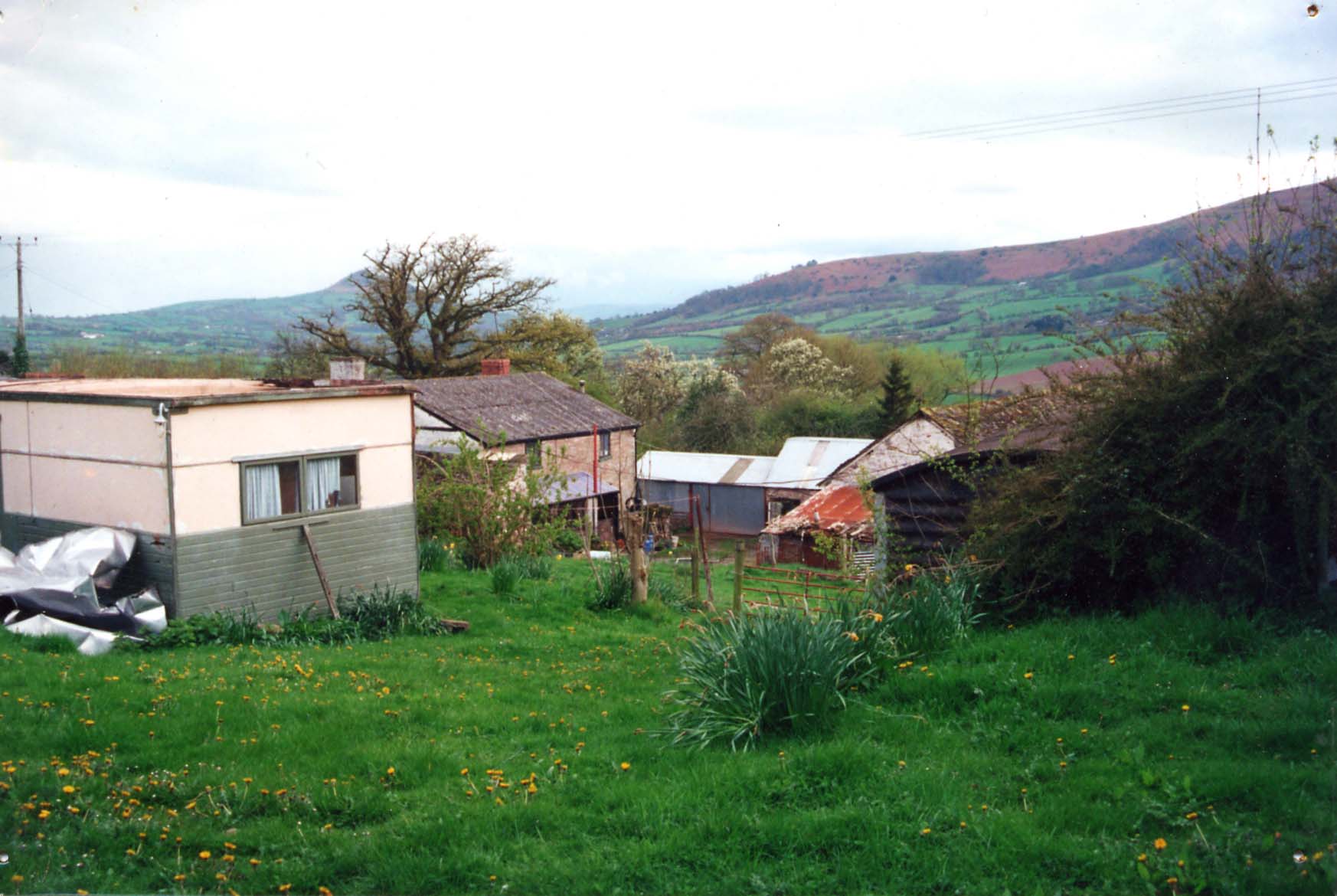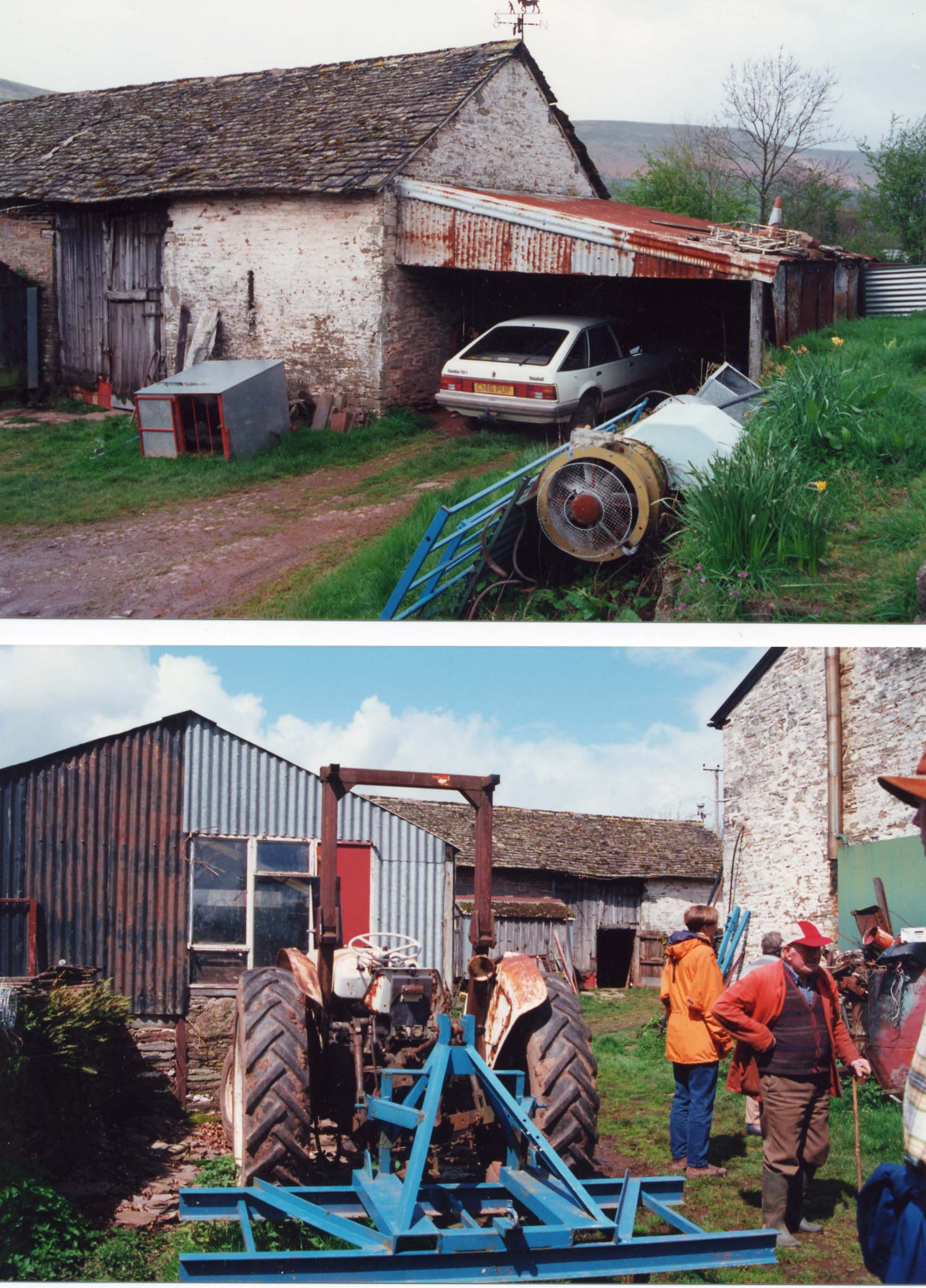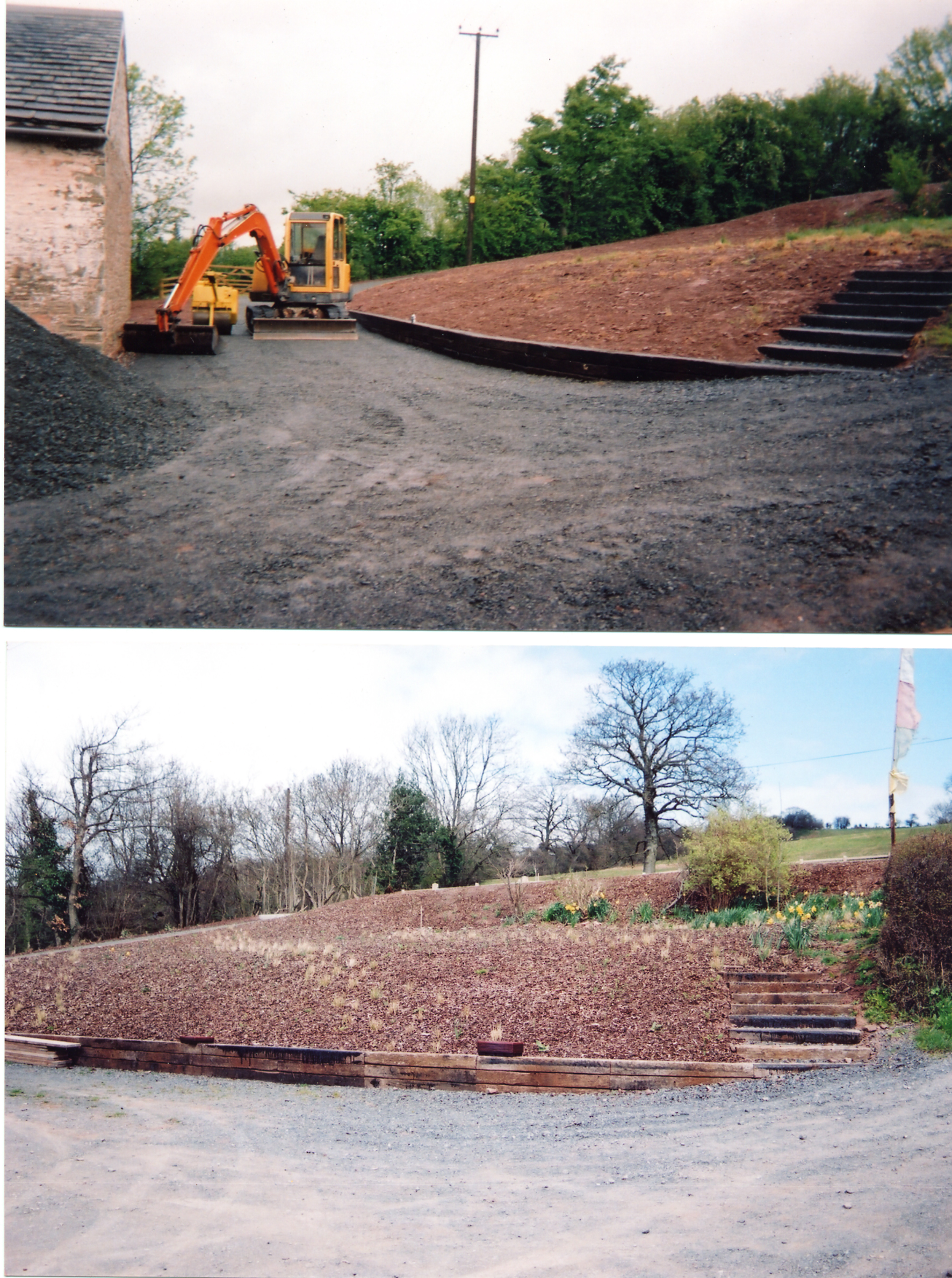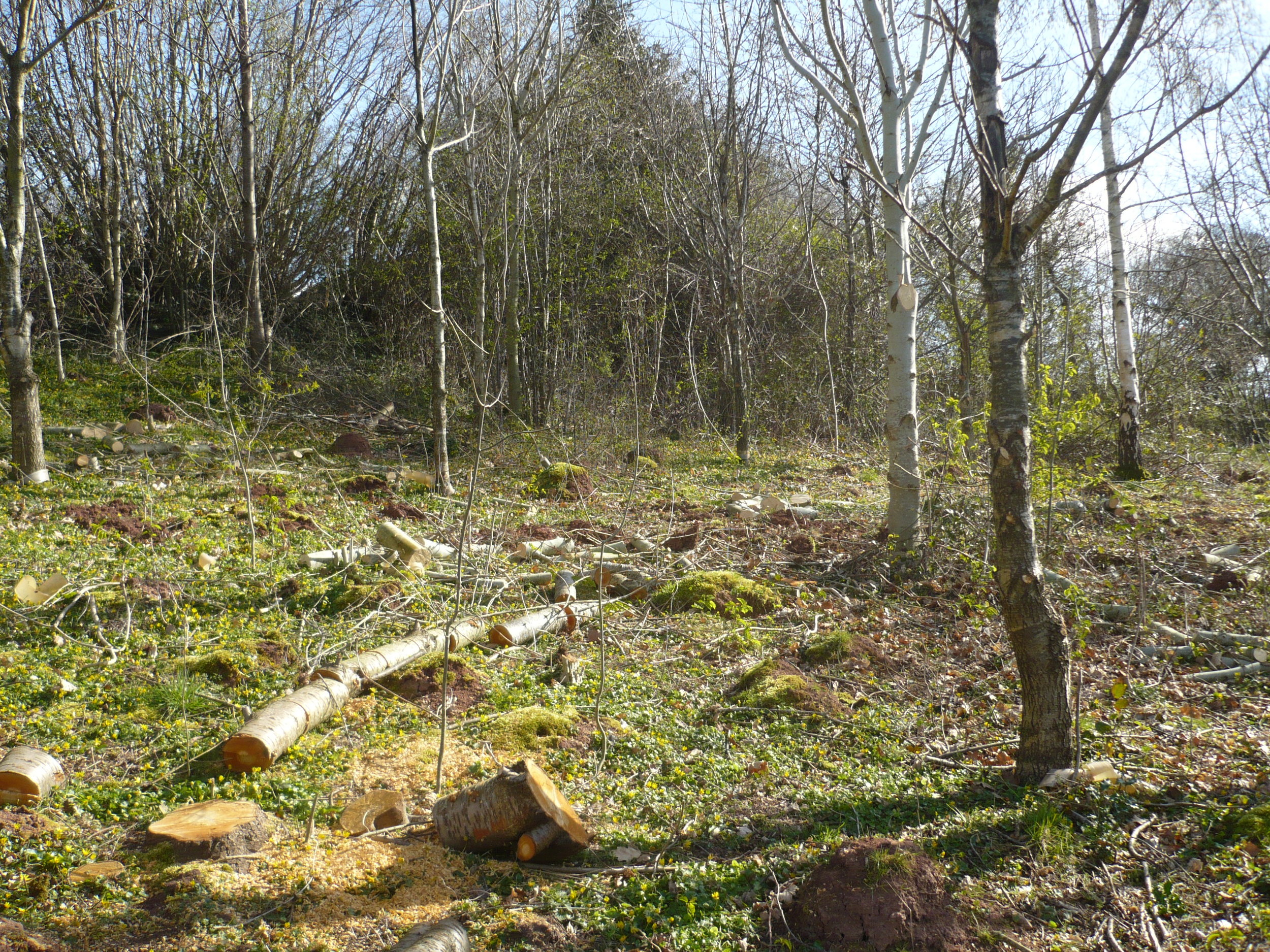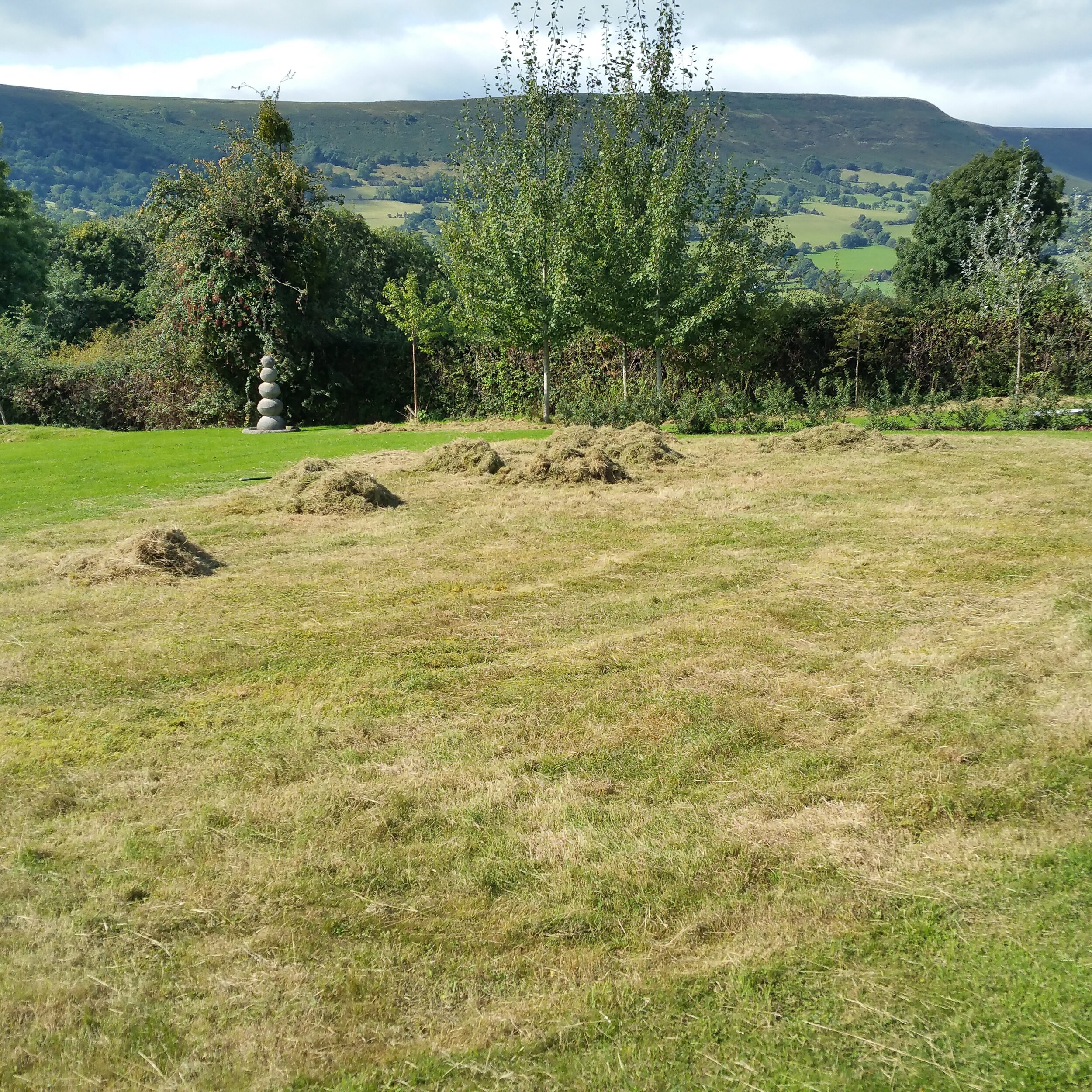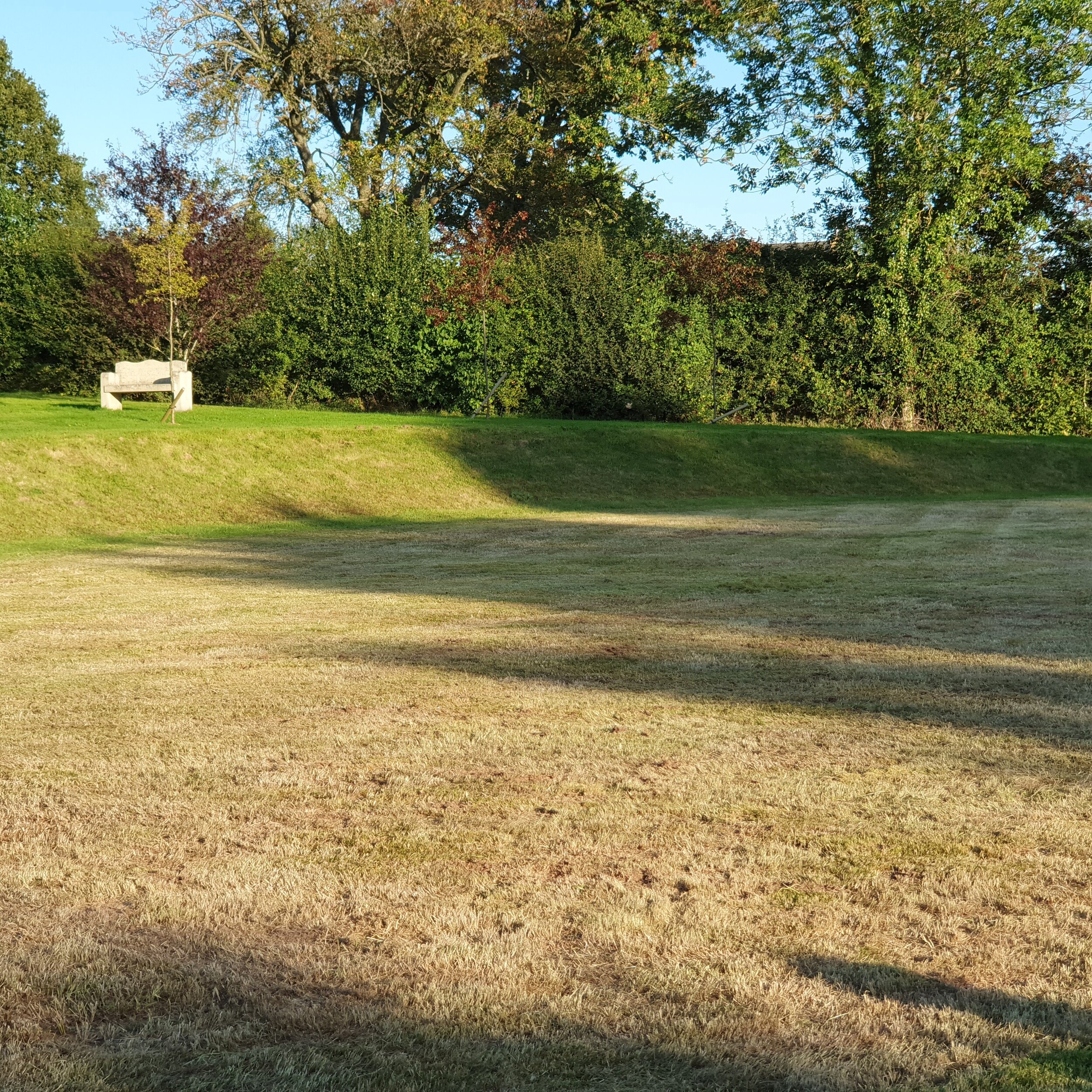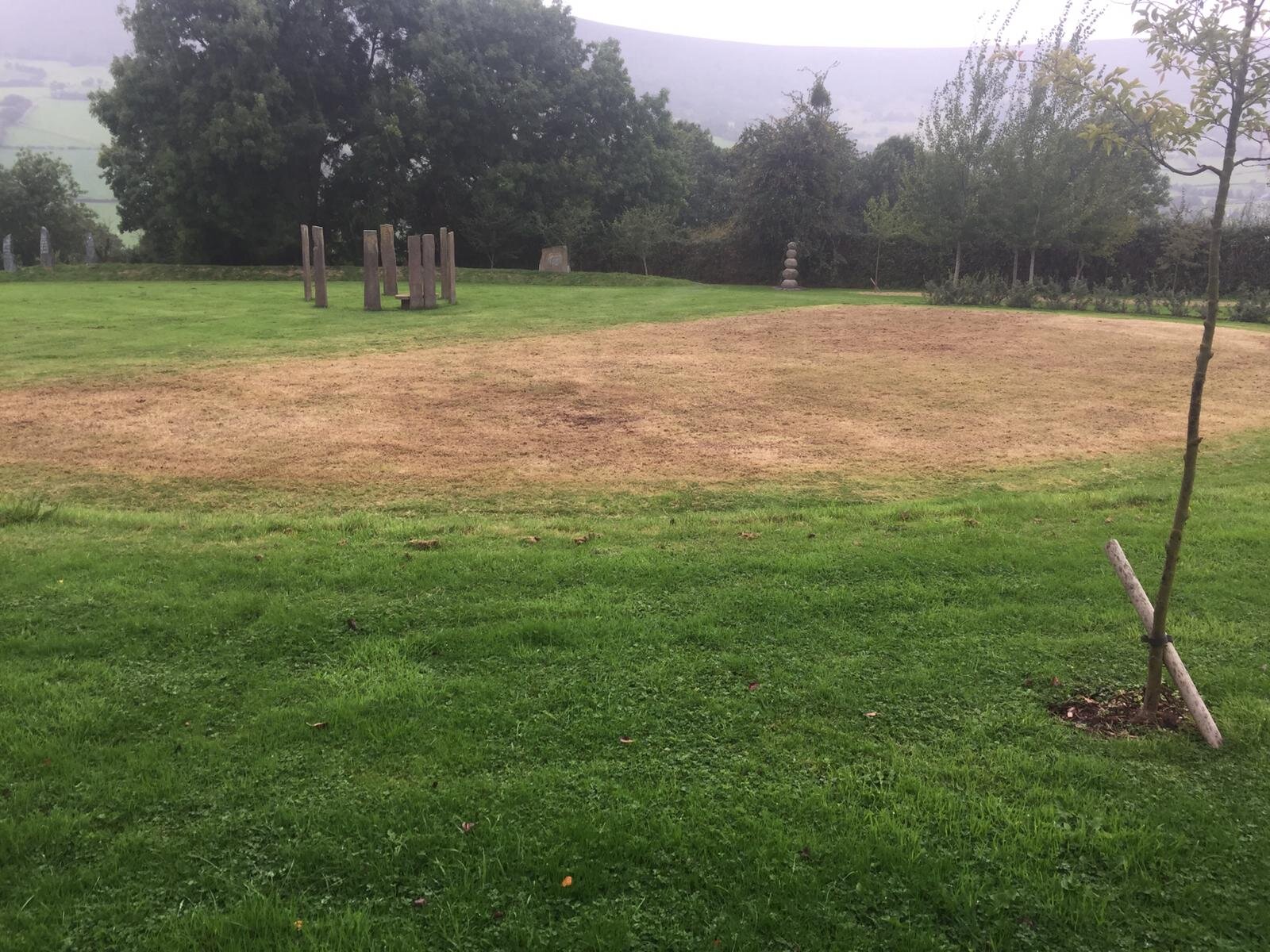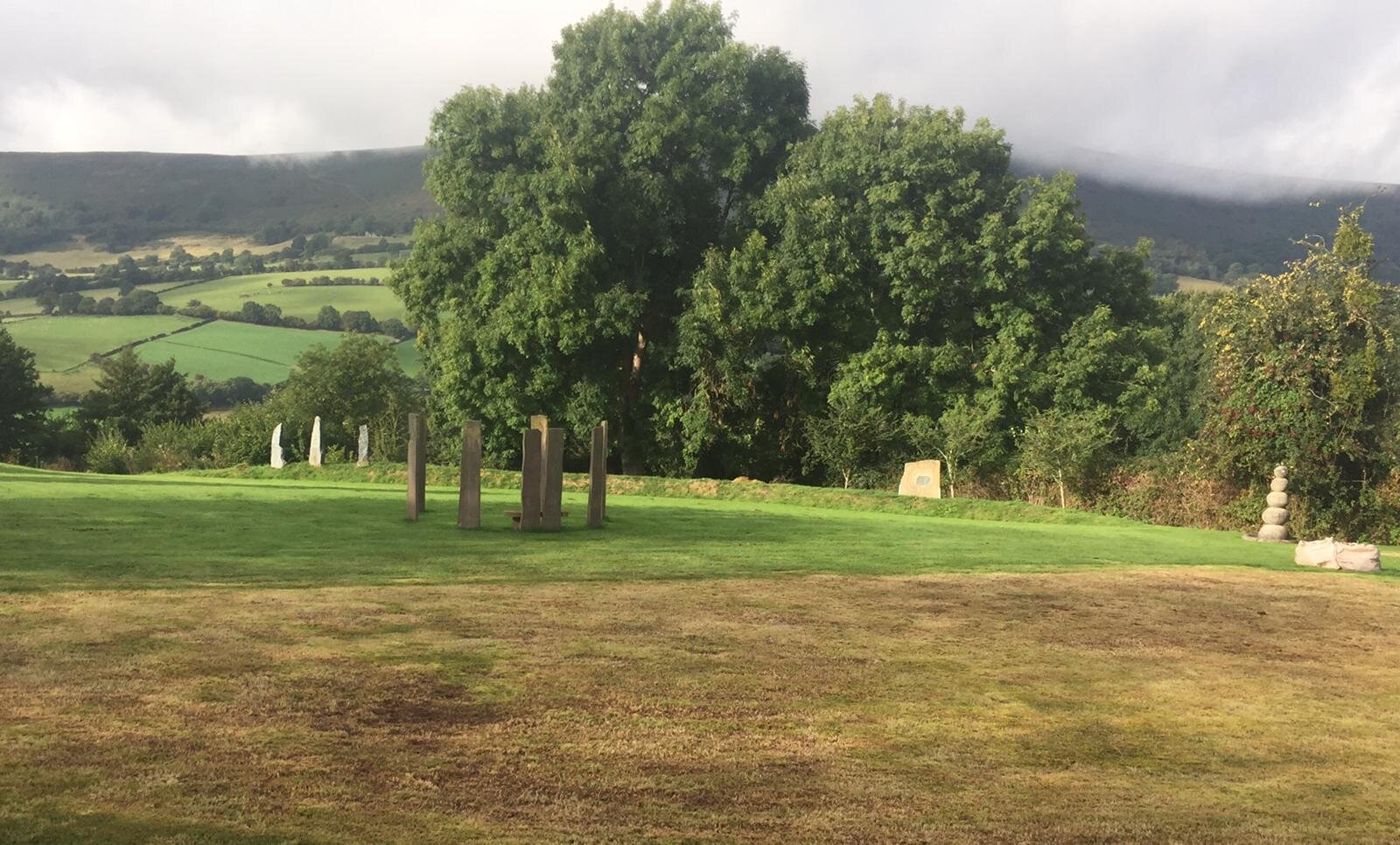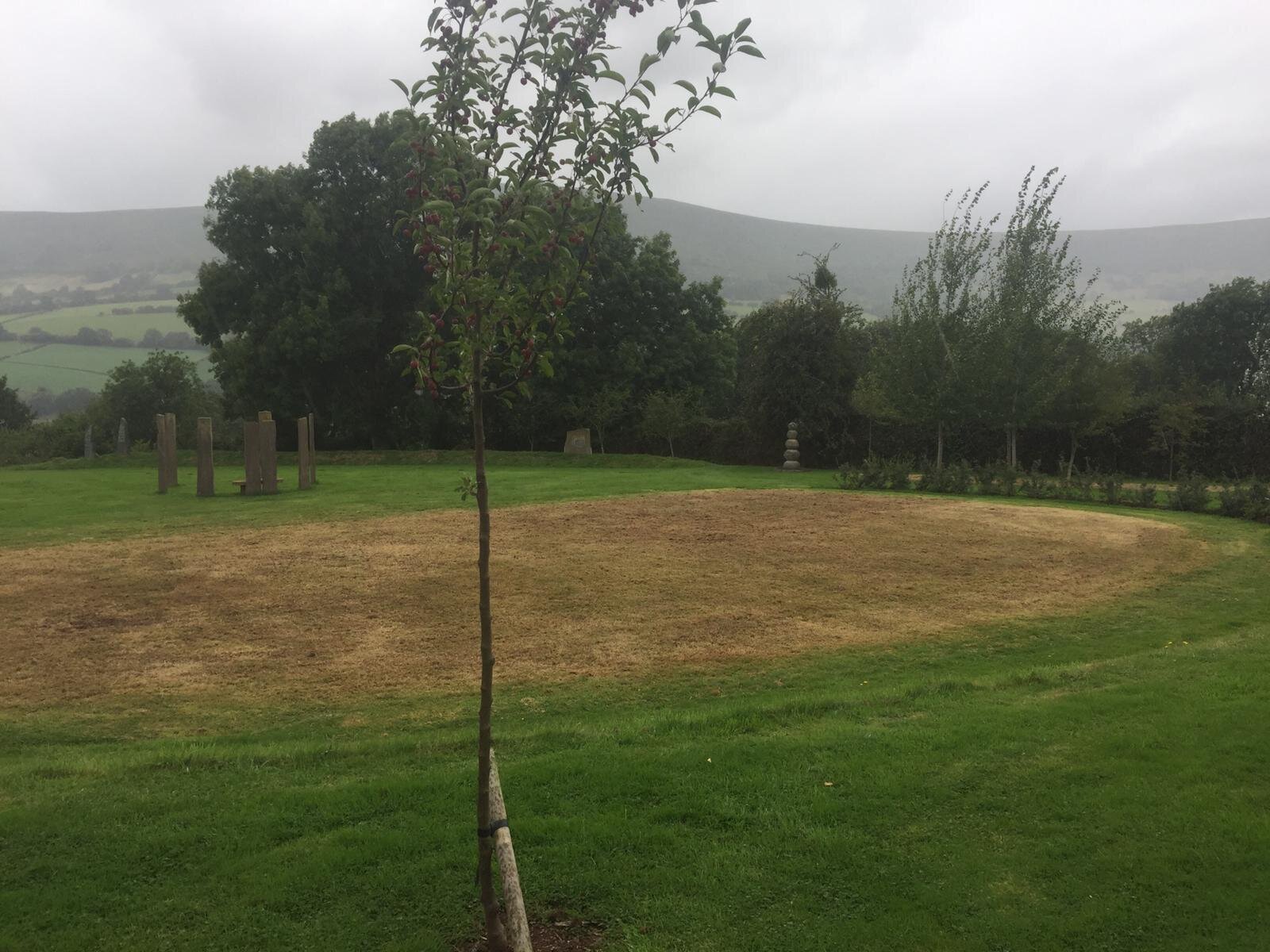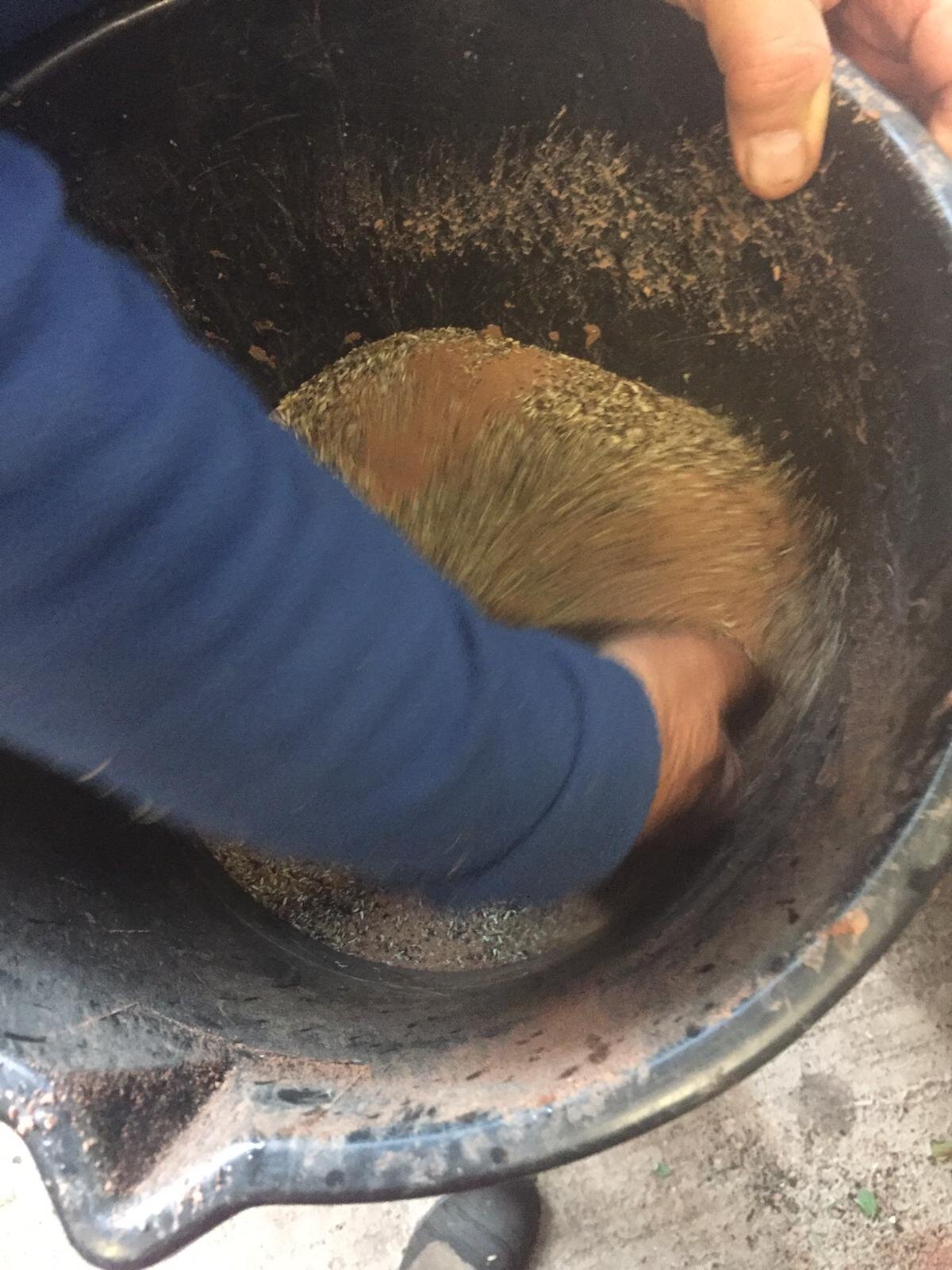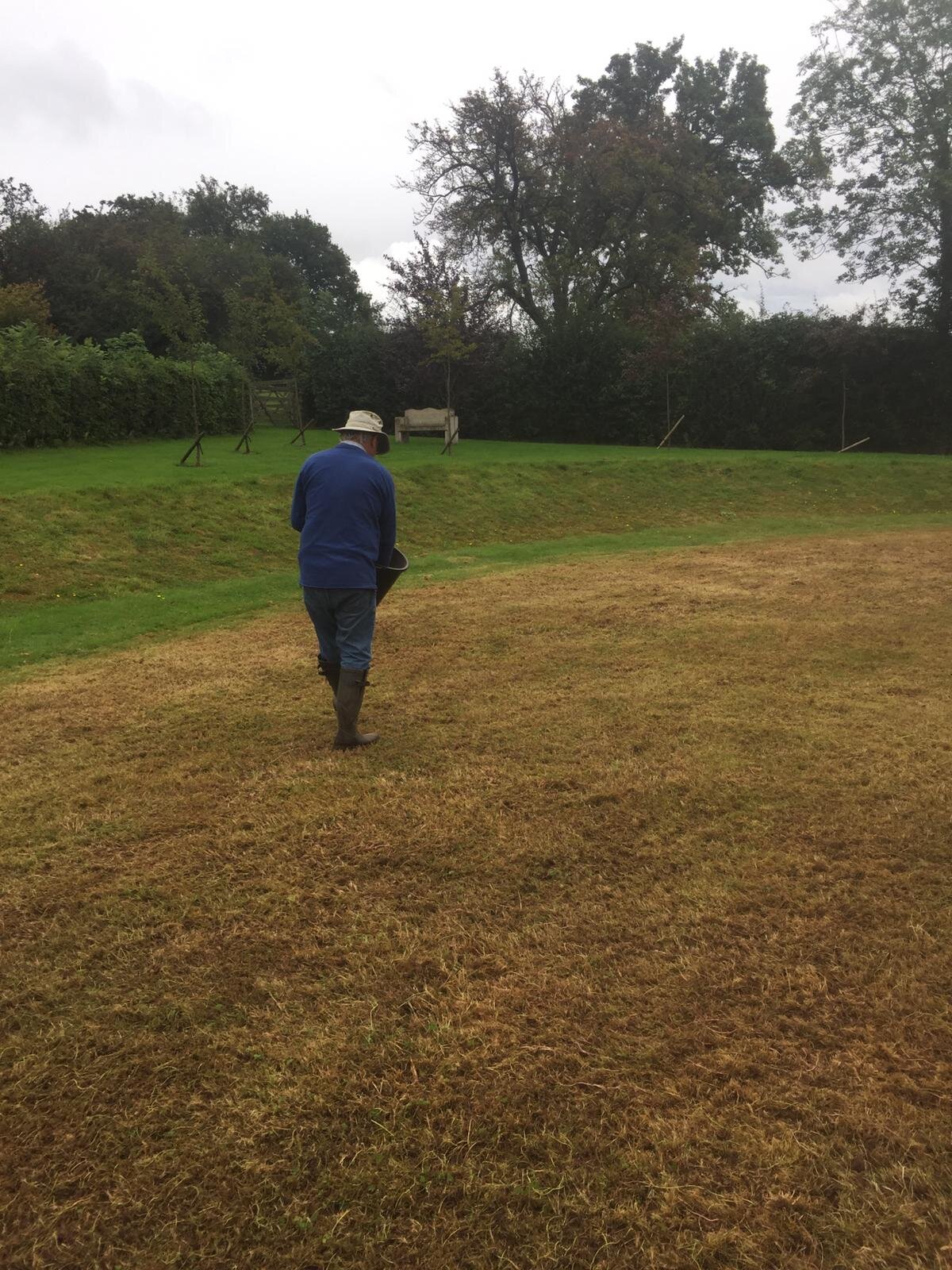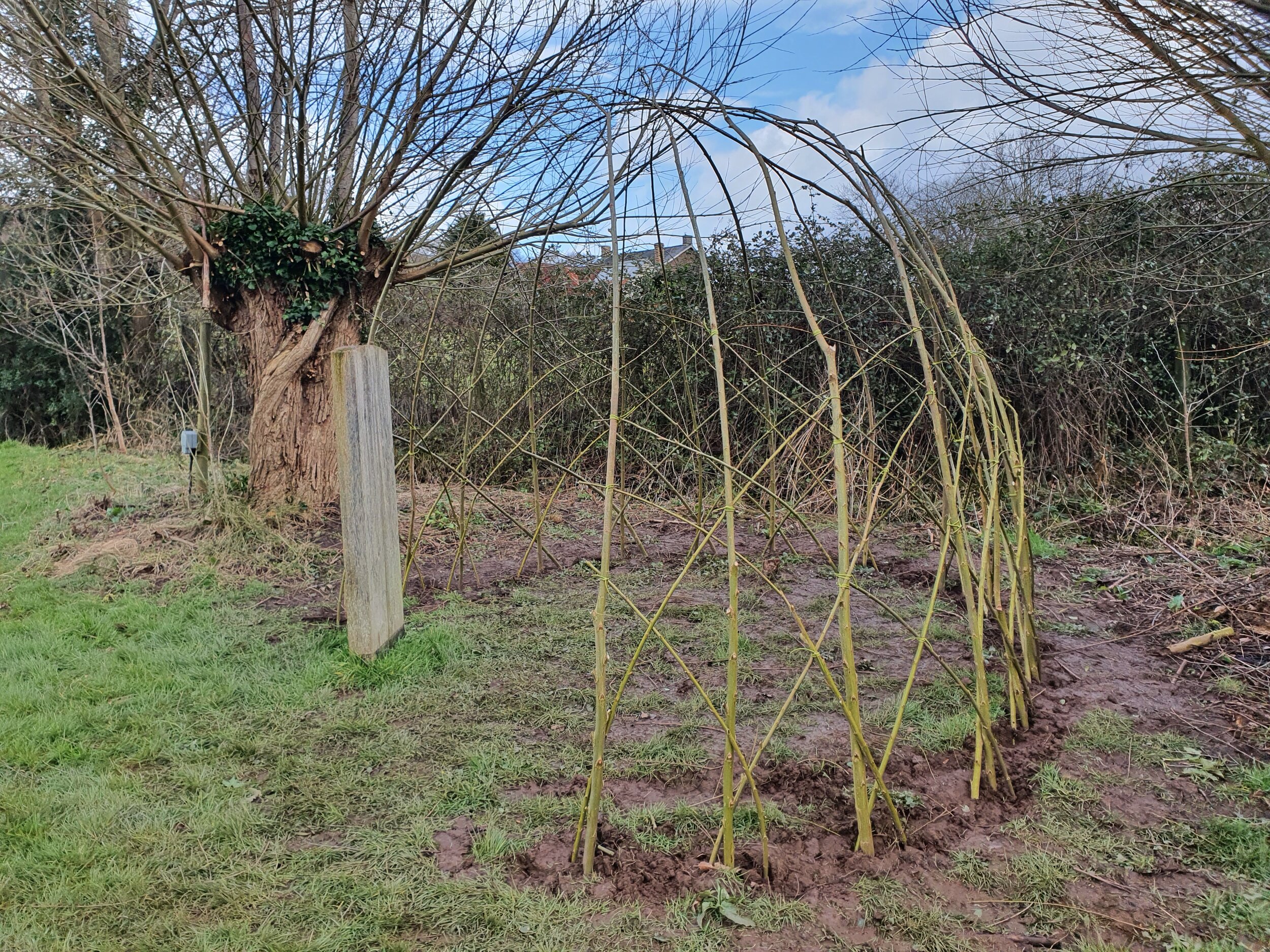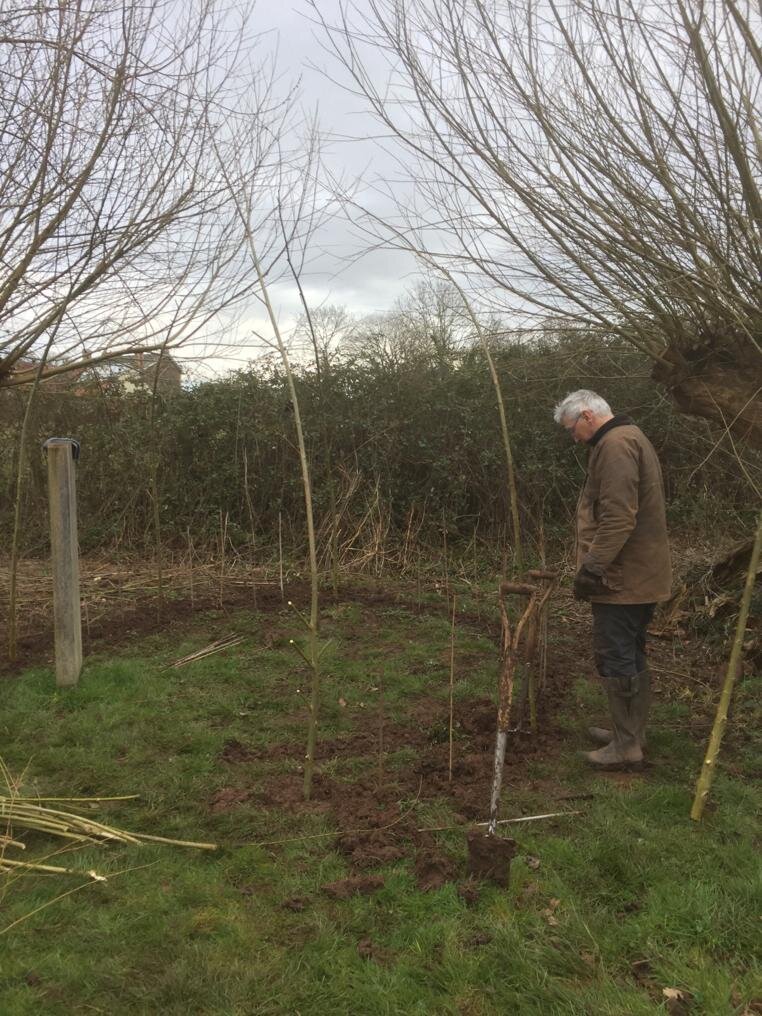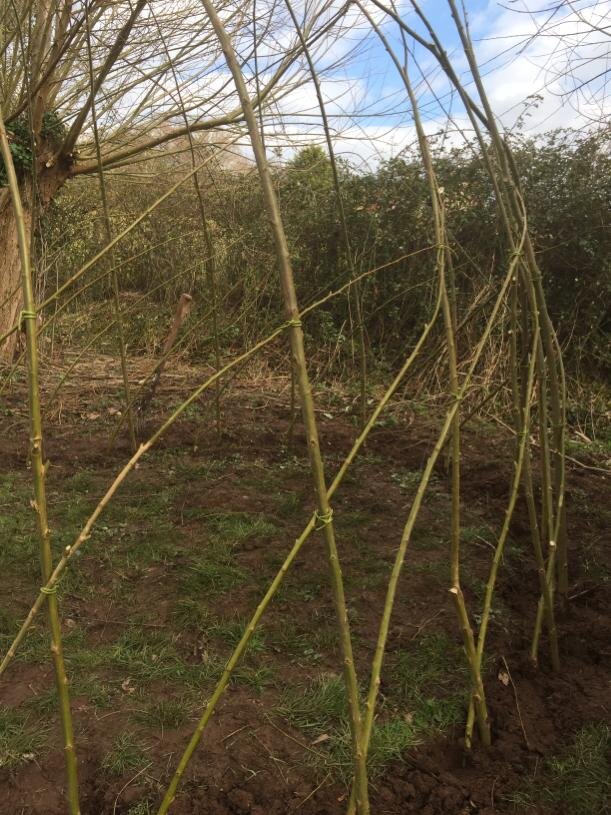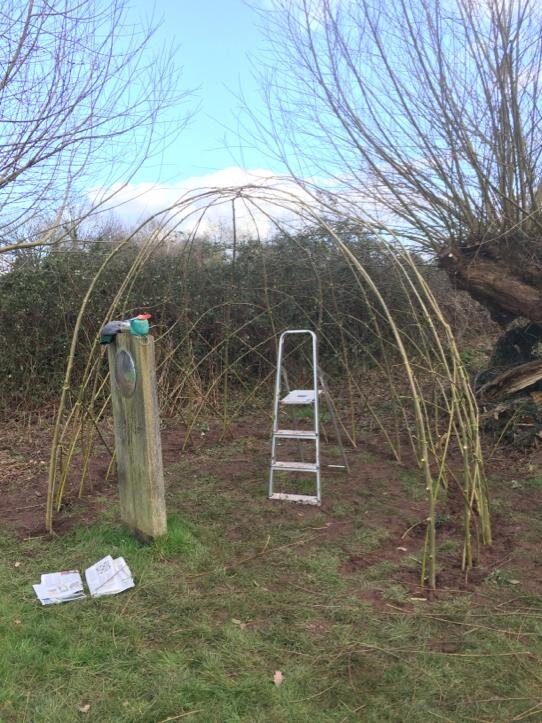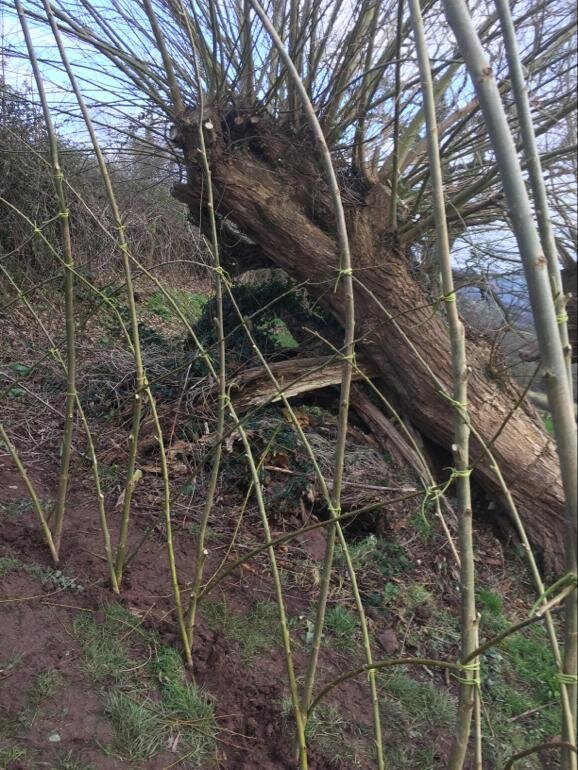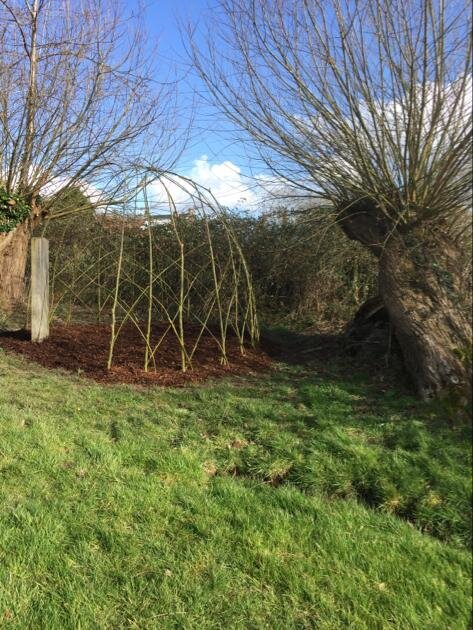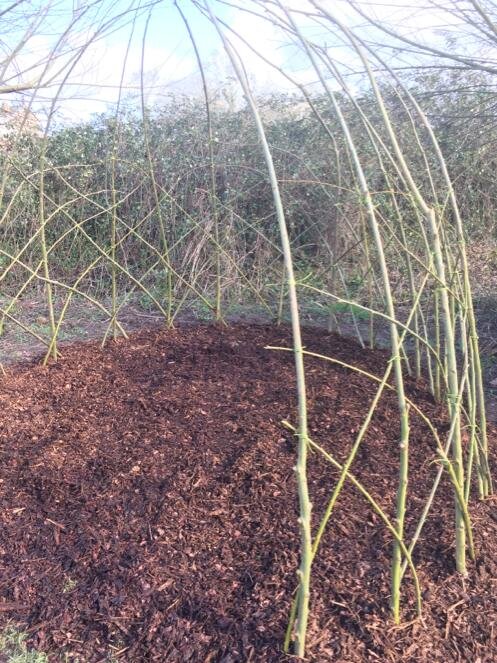The Garden of the Wind is the creation of Rupert and Antoinette Otten.
The Name of the garden is inspired by the fact that its open aspect to the Black Mountains and westerly winds present a challenge to gardening at this altitude. The gardens have been in development since the property was acquired in 2001 and extend to approximately 5 acres. There are spectacular views over the Black Mountains from the Skirrid to Black Hill along the whole Hatterrall Ridge.
The garden is also home to a collection of sculpture by British and Continental makers including many items of carved lettering by Richard Kindersley, Tom Perkins, John Neilson, John Shaw and Caitriona Cartwright.
The Garden of the Wind is at Middle Hunt House, Walterstone, Hereford HR20DY with a map reference of SO334262 at an altitude of 180 metres (600 feet).
History
There was no garden at Middle Hunt House when the owners arrived, It was a small border working farm where calves were fattened and sheep keep on the pastures. The image shows the farm in April 2000 when the owners first visited. The farmhouse was rebuilt in 2001/2.
Vegetable garden 2005
2003-5
The main vegetable garden and cottage garden behind the old farmhouse were the first to be developed. The vegetable plot has been added to and developed over the years and produces more than enough seasonal vegetables and soft fruit for the owners. It incorporates a herb garden, recently terraced.
2004-5
The old barn in the courtyard was restored and subsequently converted into a gallery. In 2018 it was converted into a self contained annex.
Landscaping Summer 2005 and planting 2006
2005-6
Major developments took place in these years as a new entrance was made, the Sloping Bank Garden prepared and planted for the planting design based on 1.5 m wide diagonal stripes; originally planted with Calamagrostis Overdam, Sanguisorba Offinianalis and Echinacea which was replaced in 2011 by Veronicastrum Fascination.
At this time 8 bottomless galvanised square tubs were acquired and planted with Himalayan Birches and underplanted originally with Iris Sibericus and more recently in hardy geraniums.
2006-9
In 2007 the old barn became the gallery for The Monnow Valley Arts Centre and was opened by Sir Roy Strong. The Arts centre ran until 2017. As well as displays indoors in the two exhibition spaces, sculpture was shown in the gardens and the need to have suitable places to display sculpture influenced the design of the Parterre Garden which was the most significant creation of these years. Our colleague, Hanneke van der Werf, who worked at the centre introduced us to the design and planting ideas of the Dutchman Piet Oudolf to whom we owe a great debt of gratitude. Not only did he inspire us in the choice of plants, we sourced much of the plants from specialist nurseries in the Netherlands and we incorporated Dutch ideas on planting.
The Parterre garden was landscaped in 2006 but not planted out until 2008. It is based on 12 beds each 4 x 4 m with paths between but each bed has between 2 and 4 corners removed depending on the position within the grid. It was officially opened on 30 May 2009 and dedicated to Nicholas Ardizzone (1939-2004), the son of the artist Edward Ardizzone (1900-1979), who was Antoinette’s first husband .
The Hornbeam Alley, pleached in the Dutch manner, was planted in 2007 and after some teething trouble requiring some replanting in 2009 and 2010 has settled in well. The soil is heavy clay and often waterlogged which Hornbeam is said to be tolerant. The sloping bank on the edges of this garden were planted with green and golden varieties of Hackonechloa and Imperata Red Baron.The Rose Border at the top of the bank overlooking the Parterre was planted in 2008. The North side with alternating Rosa Winchester Cathedral and Rhapsody in Blue with three Crown Princess Margareta climbers on the walls of the old Dutch Barn.
Image courtesy Charles Hawes
Pond and Art & Memory Field in preparation (2010)
2010
The field below the Parterre was drained and landscaped in 2010 and became the home of a loan collection of Carved Lettering on loan from the Lettering Arts Trust. In 2022 most of these pieces were relocated to Grimsthorpe Castle, Lincolnshire, to join other works from the Art & memory Collectionalready there. Two pieces remain - a circle of 8 stones by John Neilson with local place names carved into the local red sandstone and a group of 3 monumental stones Rock of Ages by Chris Elsey.
Indeed one of the major reasons for the owners coming to this site was their interest in the Sculptor and Lettering Artist, Eric Gill, and the painter and poet David Jones who lived in Capel y ffin in the Llanthony Valley across the Black Mountains from 1924 to 1928.
Fountain Court with geenhouse and William Pye water feature
2011-12
The Studio building was completed during this time and was used by the Arts centre. After it closed in 2017, it was incorporated into the farmhouse by linking it with an architect designed bridge installed in 2017. In 2019 it received two RIBA West Midlands awards for best small building. The studio and bridge were designed by Architect Michael Crowley.
2014-5
The Fountain Court was laid out to house a new greenhouse, also designed by Michael Crowley, strong enough to sustain the violent winds that descend on the site during the autumn and winter.The water fountain Quadrille was acquired from the renowned sculptor William Pye.
The Woodland Edge garden which stretches down from the greenhouse to the Art & Memory field was also laid out at this time.
2017
The Parterre Garden was reworked during 2017 by the creation of a Rill with fountains and a fountain head. New gravel was laid, the beds were raised and companion planting introduced into the existing beds.
2018
Following building work to connect the farmhouse via a modern bridge to the studio building, the farm courtyard was levelled and gravelled to create a dry garden. This has greatly improved the views from the house and banished the cars to the car park !
2019
Work started on adding new trees and scrubs to outlying areas of the Art & Memory field, cutting back overgrown areas and creating a new pathway into an area of woodland originally planted in 2004 with mixed native species and now semi-mature. This developed well over the 15 years but sustained some damage from squirrels in 2016. It has now been thinned and paths cut through. Four hundred English Bluebells have been planted so far.
Wild Flower Meadow
In September 2019, a 100 square metre section of the Art & Memory field was cut three times and raked 3 times to create an area we hope will be suitable for a wild flower meadow. The soil is of poor fertility in this area but can be very wet in winter. After scarifying and removing vast quantities of moss, a wild flower mix sourced from Somerset was sown on 23 September. Seed was mixed with sand and broadcast over the area.
2020
In March 2020 a Willow Bower was constructed from willow coppiced from adjacent trees with the assistance of Jess Tanner our WRAGS apprentice. Near by a coppice of red hazel was planted.
2021
In 2021 the adjoining 1.5 acre field to Art & Memory was planted with the first batch of trees and shrubs to create a new woodland area. A gate between the two fields was introduced so visitors may make a circuit of both fields. Initial planting consists of trees suitable for wet areas and which will sop up any excess wetness. This includes Alders and Hazels. Additional Hawthorns have been added to some already existing and in a drier area, an avenue of Birch has been planted. In other areas more exotic species such as Metasequoia, Halesia, Liquidamber, Acer, Nyssa and Lindera have been planted together with Korean and Scots Pines. Further planting took place in the autumn of 2021 and spring 2022.
